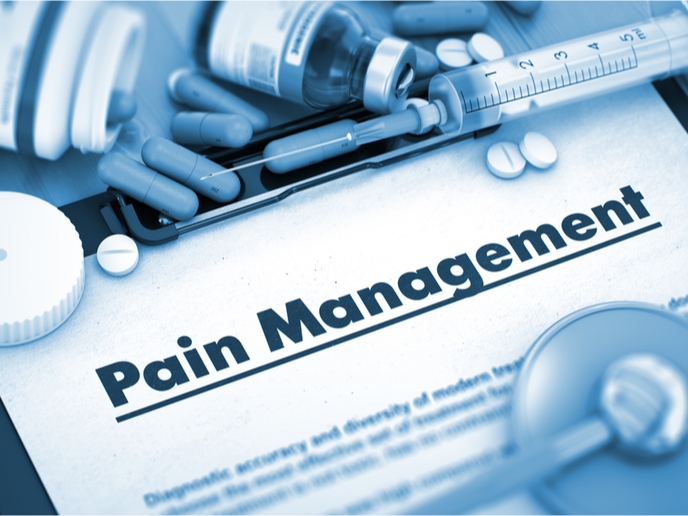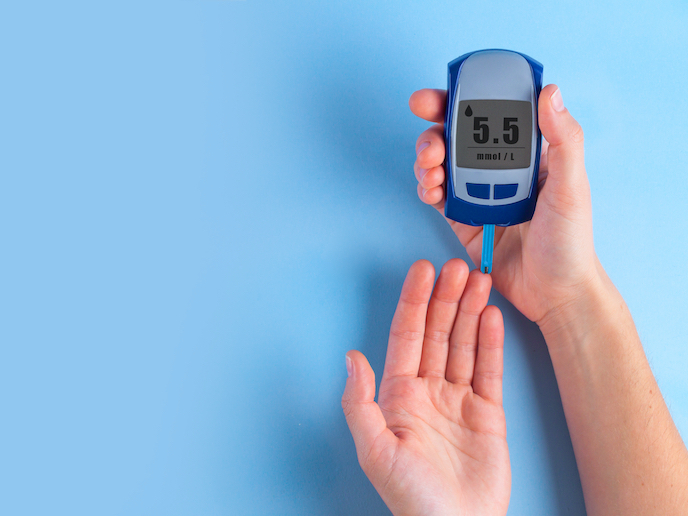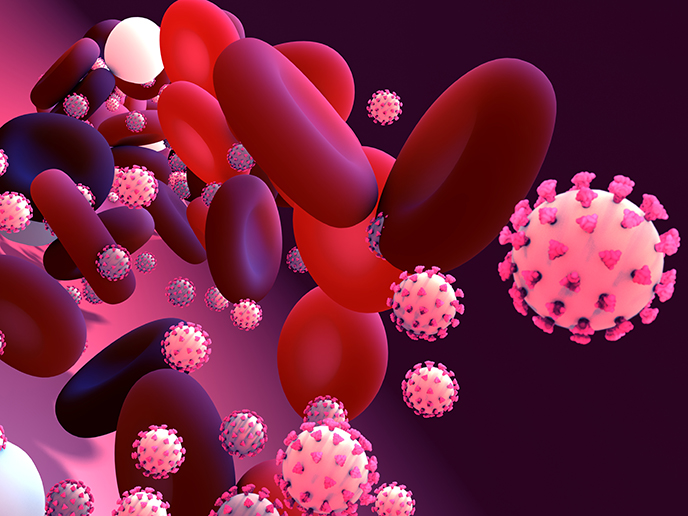Improving pain management with nanotechnology
For the millions of people affected by nerve conditions, the resulting pain can be devastating. Unfortunately, the options for managing this pain are limited to short-term relief. Even though some of the sustained release treatments (i.e. drug-loaded liposomes) available on the market can provide up to a week of pain relief, they do so via a burst or a constant anaesthetic release profile that cannot adapt to the changes in a patient’s physical activity or fluctuating level of pain. “These conventional systems cannot stop the release until the drug is depleted,” says Manuel Arruebo, a researcher at Spain’s University of Zaragoza. “However, there are many conditions that require the appropriate release of a given drug at a specific time, including diabetes, hormonal disorders and sciatic pain – to name only a few.” Through the support of the EU-funded NANOHEDONISM (A Photo-triggered On-demand Drug Delivery System for Chronic Pain) project, Arruebo and his team of researchers are developing reversible systems that allow a drug to be released where and when it is needed.
On demand pain relief
The aim of the project was to develop injectable and biodegradable drug-loaded nanoparticles capable of releasing a drug as needed. To accomplish this, researchers created visible (VIS) and near infrared (NIR) light-triggerable and externally activated drug delivery systems. The systems are activated via an externally applied infrared laser light, which allows the drug to be released on demand and as needed. “Our idea was to develop capsules that can release only a little bit of anaesthetic when needed and that can be turned on and off repeatedly without having to re-inject additional material,” explains Arruebo. The injectable nanoparticles used in the NANOHEDONISM solution are made of biocompatible materials. Their synthesis is carried out using microfluidic reactors. The entire process is supported by computational fluid dynamics, which are used to manufacture and control the amount of drug contained in each of the nanoparticles, produce the nanoparticles on a large scale, and avoid heterogeneities that would produce unreproducible drug release profiles. “In this project, we developed vehicles that transport drugs and release their cargo locally at the site of injection and during the time required to adjust the dose to the specific needs,” adds Arruebo. “This technology has the potential to allow the patient or doctor to decide when to administer the drug in a minimally invasive manner and provide therapeutic analgesic doses for only the time necessary.” The biocompatibility and efficacy of the developed light-triggered NANOHEDONISM nano-capsules have been validated both in vitro and in vivo.
Globally significant results
Out of this project and other biomedical research carried out by the group came an extraordinary 67 scientific papers, one patent, and the consolidation of a team of experts who continue to collaborate. “The NANOHEDONISM project clearly demonstrated that it is possible to synthesise injectable and biodegradable drug-loaded nanoparticles capable of releasing anaesthetics after receiving externally applied infrared laser light, thus achieving pulsatile drug release profiles on demand in vivo,” says Arruebo. The group’s research has attracted global attention. For example, in 2017, Arruebo was one of the 100 000 most cited scientists in the world. Today, the research team is in talks with a leading chemical company about carrying out common research projects together.
Keywords
NANOHEDONISM, pain management, nanotechnology, nanoparticles, anaesthetic, nerve conditions







